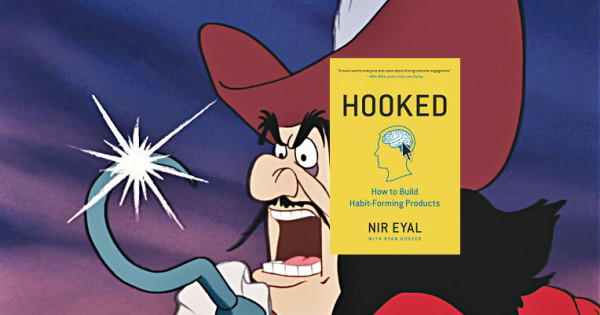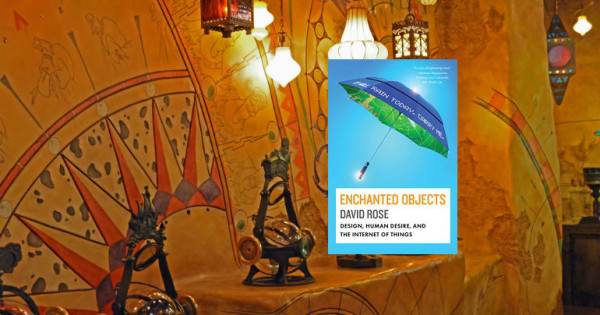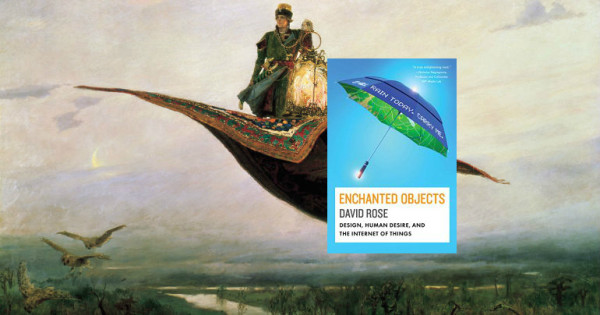-
Building habit-forming products
Habits are behaviors that occur with little or no conscious thought–“thinking without doing.” Use emotional triggers, actions, and variable rewards to create virtuous cycles of usage for your product. Hooked: How to Build Habit-Forming Products by Nir Eyal Hooked provides a design pattern with the building blocks to create habitual behavior. For business models that rely on habits, it’s important to understand how internal ... -
The design of enchantment
Design elements such as glanceability, gesturability, and affordability are key ingredients for enchanting ordinary objects. To increase the level of enchantment, move from augmentation and personalization to gamification and story-fication. Enchanted Objects: Design, Human Desire, and the Internet of Things by David Rose Enchanted Objects traces the desires which drive technologies to move outside of apps and onto us and into the ... -
Designing products for human desires
Age-old human desires such as omniscience, teleportation, and immortality underpin universal narratives that can be embodied in enchanted objects. Enchanted Objects: Design, Human Desire, and the Internet of Things by David Rose Enchanted Objects describes products that author David Rose hopes will populate our lives in the future. Enchanted objects are “seamless and transparent”, not overbearing. They do not scream for ... -
Enchanted Objects
Enchanted Objects: Design, Human Desire, and the Internet of Things by David Rose Enchanted objects “embed small amounts of computation, connectivity, and interaction” to achieve a friendly, unobtrusive, and helpful utility that doesn’t overwhelm with technological power. Enchantment is experienced as a flow within life, not a jarring disruption. Enchanted objects are at-hand, passive, polite, and ready to help. These mostly single-purpose products ... -
Lean UX
Lean UX: Applying Lean Principles to Improve User Experience by Jeff Gothelf with Josh Seiden Traditional software development and interface design practices typically involve “big, up front design” deliverables that are created by an independent design team and handed off to software engineers. Lean UX is a move towards reducing the waste that is frequently found in the user experience design ... -
Designing cooperative technology
Designing from Both Sides of the Screen: How Designers and Engineers Can Collaborate to Build Cooperative Technology by Ellen Isaacs and Allen Walendowski Designing from Both Sides of the Screen introduces the Cooperative Principle for Technology: don’t impose and be helpful. Authors Ellen Isaacs and Allen Walendowski begin describing the goal of user interface design with the concept of flow; specifically, the ... -
Microinteractions
User experience is made up of many small moments and tiny decisions that product designers make. Although microinteractions may be small in scope, they can result in large impacts to user experience and can make or break a product or feature. Microinteractions: Full Color Edition: Designing with Details by Dan Saffer A microinteraction involves a single use case; it is a ... -
The Elements of User Experience
The Elements of User Experience by Jesse James Garrett User experience encompasses all aspects of a customer’s interactions with a company’s products, services, and people. We don’t evaluate a company and its products based on individual elements; we leave an encounter with a positive or negative sense holistically. Taking a broad view of your offering allows you to build a ...







